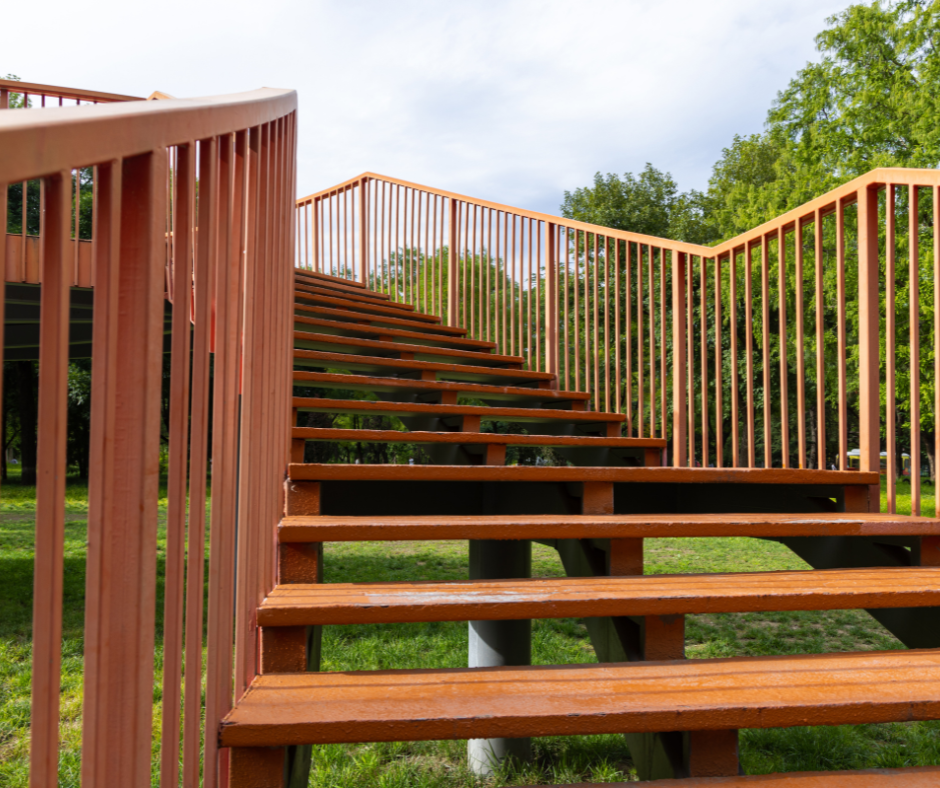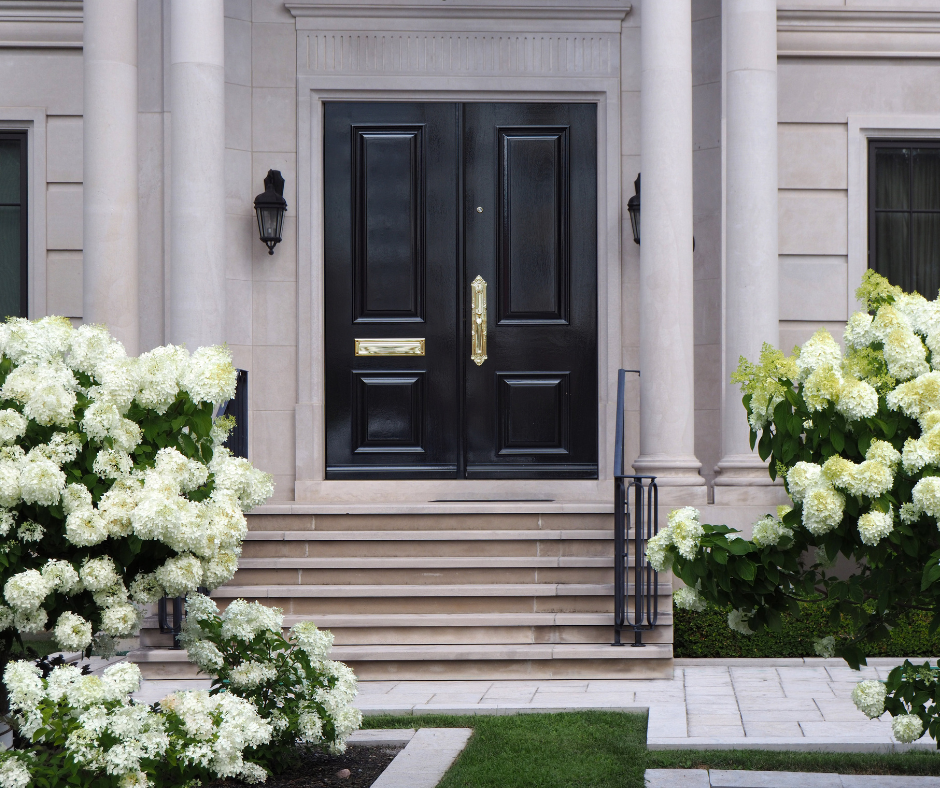Every step you take at home should feel secure—and it all starts with proper stair design.
The recommended stair tread depth is between 10 and 11 inches, giving you enough space for a full, stable foot placement that reduces the risk of trips or falls.
Whether you're renovating or adding carpet stair treads, getting this depth right ensures safety, comfort, and code compliance.
In this guide, you’ll learn how tread depth impacts daily use, how to choose the right size for indoor and outdoor stairs, and what to avoid.
We’ll also cover common questions about material thickness, style, and maintenance so you can make confident decisions.
If you’re considering carpet stair treads as a DIY upgrade, you’ll walk away knowing exactly what works—and why.
Why Tread Depth is the Most Overlooked (Yet Critical) Step
If you've ever felt uneasy walking down a narrow staircase—or had a child or pet hesitate before taking a step—there’s a good chance the stair treads weren’t deep enough.
The tread depth affects how your foot lands, how secure you feel, and how much wear and tear your stairs can handle.
It also affects the rhythm of movement, especially in homes where stairs are used dozens of times each day.
When selecting your materials and measurements, 10 to 11 inches is not just a guideline—it’s the standard most homeowners and builders trust.
Let’s Define It: What Is Stair Tread Depth?
Stair tread depth refers to the horizontal surface of each stair—the flat part your foot actually steps on.
It’s measured from front edge to back, not including any decorative nose or overhang.
This measurement isn’t about style alone—it’s about safety, comfort, and code compliance.
So when you hear “recommended stair tread depth,” it’s really about finding that perfect balance between what feels right and what’s considered safe and practical.
The Ideal Range: What’s Considered “Standard”?
Across most U.S. homes and light commercial buildings, the recommended stair tread depth falls between 10 and 11 inches.
Why?
-
This gives your foot enough room to land flat.
-
It helps reduce tripping or catching your heel.
-
It matches the step rhythm most people are used to.
If you’re doing a home project and wondering how this affects your purchase, this is the ideal range to aim for—especially if you're planning to add stair treads like the ones from Oak Valley.
Safety First: Why 10 Inches Is the Magic Number
Many local building codes enforce a minimum standard for stair tread depth.
That leads us to one of the most important considerations: What is the Minimum Depth of a Stair Tread?
In most areas, the answer is 10 inches.
This minimum is based on nationwide safety research and long-standing building practices.
Treads less than 10 inches can make it difficult to land your foot fully on the step, increasing the risk of slips, falls, or instability.
So while your unique staircase might vary based on space, the best rule is: go no lower than 10 inches, and ideally stick with 10–11.
How Tread Depth Affects Comfort and Flow
Here’s something most people don’t consider—tread depth changes how your staircase feels underfoot.
If the step is too short, your heel might hang off.
If it’s too deep, your stride can feel stretched or awkward, especially going upstairs.
That’s why designers and building pros follow the Riser + Tread formula, which says:
2 × riser height + tread depth = around 24 to 25 inches total
This keeps your staircase easy to climb and naturally comfortable.
Upgrading with Carpet Stair Treads? Depth Still Matters.
Many homeowners turn to stair treads to increase safety, protect hardwood, or reduce sound.
But even for non-structural upgrades, tread depth matters.
At Oak Valley, we design our DIY carpet stair treads to work seamlessly with standard stair depths between 10 and 11 inches.
We also offer custom sizes for unique staircases.
Adding soft treads to the right-sized step not only improves grip and softness—it also improves your home’s safety, especially for toddlers or pets.
Bigger Boots, Bigger Steps: A Look at Outdoor Stair Design
When stairs are exposed to the elements, every detail matters more.
And yes, that includes depth.
So let’s talk about Exterior Stair Tread Depth.
In outdoor settings, where rain, snow, or dirt are factors, it’s smart to aim for slightly deeper steps—around 12 inches.
Why the extra inch?
-
Allows room for large boots or shoes
-
Adds stability when carrying items
-
Offers more landing space during wet or icy weather
-
Better supports the use of anti-slip mats or stair coverings
If you’re upgrading an outdoor staircase, pair the added depth with weather-resistant stair treads and frequent cleaning to prevent accidents.
Is 9 Inches Ever Okay?
Short answer: it's possible, but not recommended.
Can a stair tread be 9 inches?
Yes—but only if you’re working with tight space constraints and local codes allow it.
That said, it’s often unsafe, uncomfortable, and potentially out of compliance.
Why a 9-inch tread isn’t ideal:
-
Leaves too little room for adult-sized feet
-
Feels unstable and rushed when descending
-
Doesn’t meet code in most residential areas
-
Creates higher wear and tear on both stairs and treads
Even if you're limited by structure or space, do your best to extend your stair depth to 10 inches or more.
The peace of mind is worth it.
Does Thickness Matter Too? Absolutely.
You’ve measured the depth, but what about the actual thickness of the stair tread?
Thickness affects how sturdy your stairs feel, how long they last, and how well they hold up to daily use.
Most stair treads range from 1 to 1.5 inches thick.
Key factors to consider:
-
Material: Hardwood is typically thicker than laminate or metal
-
Usage: High-traffic homes or commercial buildings may need thicker treads
-
Support: Make sure your stair frame supports the material weight
-
Safety: Thicker treads add to overall durability
At Oak Valley, our carpet stair treads are designed to work with your existing structure—adding comfort and grip without adding unnecessary height.
More Than Just Code: Matching Depth with Design
Sometimes, stair design decisions are driven by aesthetics too.
A wider stair tread gives your staircase a luxurious, open feel, and can even make narrow stairwells seem larger.
Depth influences style in subtle but powerful ways:
-
10-inch treads feel traditional and compact
-
11-inch treads add elegance without overstepping
-
12-inch or more feels grand, modern, and statement-worthy
Pair the right depth with a stair runner or carpet treads, and suddenly your staircase becomes more than a functional element—it becomes a design feature.
Signs You May Need to Adjust Tread Depth or Add Treads
Already have stairs, but not sure if the depth is ideal?
Here are a few signs you might need an upgrade:
-
You or your family often trip or stub toes
-
Your pet hesitates on the stairs or avoids them
-
The edge of the stair is noticeably worn
-
The stairs feel “tight” when descending
-
You wear boots often and feel them hanging off the edge
If any of those apply, consider measuring your tread depth and exploring a stair tread solution—especially one that’s DIY-friendly and made to last, like the products Oak Valley offers.
Tips for Measuring and Choosing the Right Tread Depth
The ideal stair tread depth is 10 to 11 inches for safe, comfortable steps.
Learn how to choose the right size in our complete stair tread guide.
1. Measure Carefully
Use a tape measure and check from the back edge to the front nose (not including the overhang).
2. Consider Future Proofing
Think about who will be using your stairs: children, aging parents, pets?
Go for safety and comfort now rather than fixing problems later.
3. Match Depth with Tread Type
If you’re adding stair treads, pick a size that fits your stair perfectly without overhang or curl.
4. Don’t Forget the Riser
Tread depth works together with riser height—so check both before making final changes or purchases.
Stepping It Up
Whether you're building stairs from scratch or enhancing them with stylish carpet stair treads, choosing the recommended stair tread depth is one of the smartest decisions you can make for your home.
Go with 10 to 11 inches inside the home, and consider a deeper step outdoors to handle weather and footwear.
Stay away from 9-inch treads when possible, and always check that your chosen thickness supports safety and longevity.
Remember: Your stairs should be a place of confidence, not caution.
And if you're ready to add beauty, traction, and comfort to your stairs without permanent installation, Oak Valley is here to help—with handcrafted stair treads made in the USA with heart and style.
-
Website: https://oakvalleydesigns.com/
-
Phone: 706.331.0315
-
Email: info@oakvalleydesigns.com
-
Address: 30 River Ct SW Bldg E Cartersville, Ga 30120




